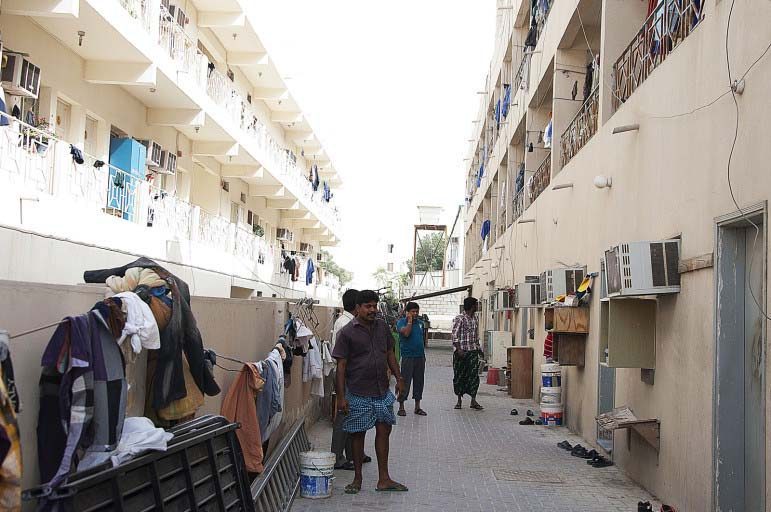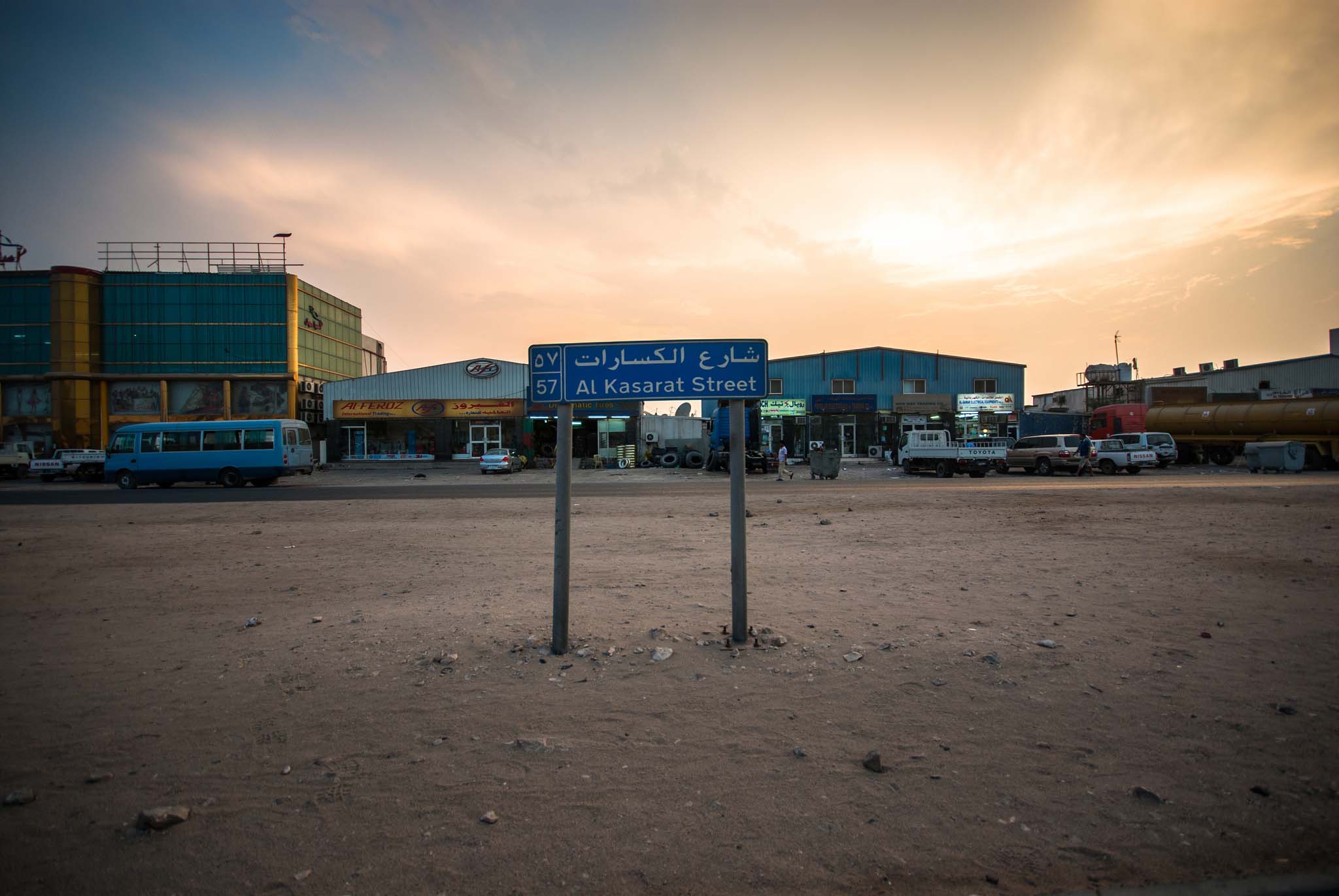
With reporting from Riham Sheble
Newly built garages and scrap shops in some parts of the Industrial Area can now double as residential accommodation, the Ministry of Municipality of Environment (MME) has said.
The decision was made “in response to the desires of citizens and investors” to have more flexibility with their land usage, the government said.
It follows a move late last month to allow some villas, annexes and outside majlis areas that are on or overlooking commercial streets to be licensed for business use.
However, a human rights expert said allowing individuals to live in buildings used for industrial purposes is an “eyebrow raiser” and a questionable strategy for dealing with a shortage of housing for blue-collar workers.
“Putting people into essentially makeshift accommodations in garages doesn’t sound particularly safe,” Nicholas McGeehan, a researcher with Human Rights Watch, told Doha News.
“Garages are filled with dangerous materials. Will there be proper ventilation? Will (authorities) do the proper inspections to ensure they are suitable?”
More labor camps needed
The new rules affect properties in a block near the southwest corner of the Industrial Area, between Kasarat St., West Industrial St. and Street 33, the MME said on Twitter.
In addition to allowing some space to be used for housing, the ministry is also going to permit portions of garages and scrap shops to be used as office and storage space.
At the same time, height limits on industrial buildings are also being relaxed.
Previously, such structures were limited to a ground floor and a mezzanine. Under the new rules, industrial buildings can contain underground parking and two stories above the ground floor.
The Industrial Area is one of Qatar’s fastest-growing neighborhoods and received an additional 103,300 residents between 2010 and 2015, according to government census figures.

That growth – and accompanying demand for housing – is driven in large part by Qatar’s labor-intensive construction boom as the country builds new stadiums, hotels, roads, railways and other infrastructure ahead of the 2022 World Cup.
In 2014, locally based Al-Asmakh Real Estate Development forecast that Qatar required 500,000 to 800,000 additional beds for blue-collar workers in the coming years to house newly arrived foreign workers and to move existing residents out of poorly managed labor camps.
Since then, the 100,000-bed Labor City has opened in the Industrial Area and government officials have announced plans to construct seven “integrated communities” across Qatar that will eventually accommodate a total of 179,000 low-income expats.
The first, in Umm Slal, is expected to be completed by the end of 2017.
Thoughts?







